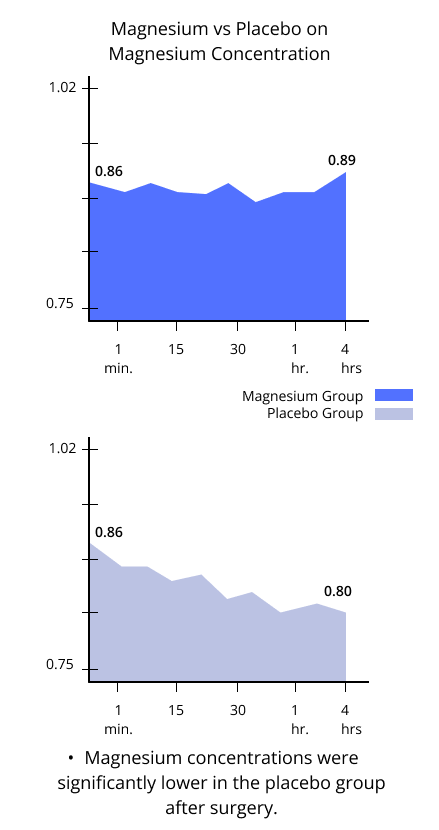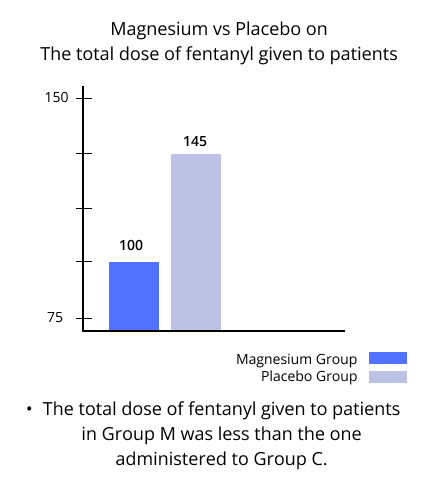
Effects of Magnesium Sulfate for Anesthesia Care During Hysteroscopy

Table Of Contents
What is the use of Antinociceptive?
Antinociceptive refers to the ability to block pain. Opioids, such as fentanyl, are considered the most effective antinociceptive drug. However, they have undesirable reactions such as breathing problems, nausea, and vomiting.
In hysteroscopy, a surgical procedure to diagnose disorders in the uterus, fentanyl is the preferred pain reliever because of its powerful analgesic effect. Other analgesic agents are used to reduce opioid consumption, minimize its related side effects, and provide adequate pain relief.
Can Magnesium Help with Opioid Side Effects?
Magnesium has an antinociceptive effect, but is found to be at considerably low levels in many kinds of surgeries, including hysteroscopy. Magnesium deficiency can increase pain sensitivity; thus, magnesium administration may benefit patients undergoing hysteroscopy.
The study aimed to test the antinociceptive effect of magnesium sulfate as a supplement in reducing related side effects of opioids during and after hysteroscopy.
The Study Method on How Effective is Intravenous Magnesium Sulfate in Reducing Pain Scores in Patients Undergoing Hysteroscopy?
67 patients scheduled for hysteroscopy participated in the study. They were randomly divided into two groups. Group M received intravenous magnesium sulfate, while Group C had a saline solution as a placebo. All patients were anesthetized with propofol and fentanyl.
Researchers monitored the blood pressure throughout the procedure. They noted pain scores at 1 minute, 15 minutes, 30 minutes, 1 hour, and 4 hours after awakening and recorded the amounts of analgesics administered during and after the operation. They also collected magnesium levels one day before and one day after the procedure and recorded any adverse effects during the study period.
The Results
Magnesium concentrations were significantly lower in the placebo group after surgery. The incidence of hypotension (low blood pressure) was similar between the two groups. The total dose of fentanyl given to patients in Group M was less than the one administered to Group C. The people who received magnesium also had lower pain scores. Nobody experienced a serious adverse reaction to magnesium sulfate.


The Conclusion
In hysteroscopy, taking magnesium alongside fentanyl helps reduce how much fentanyl is needed during surgery and reduces pain after surgery without any dangerous side effects to the heart and blood flow. This study found that monitoring and correcting magnesium levels is necessary if a patient has risk factors for low magnesium levels.
Reference
Antinociceptive Effects of Magnesium Sulfate for Monitored Anesthesia Care during Hysteroscopy
Related Posts




Quick Links
Legal Stuff



